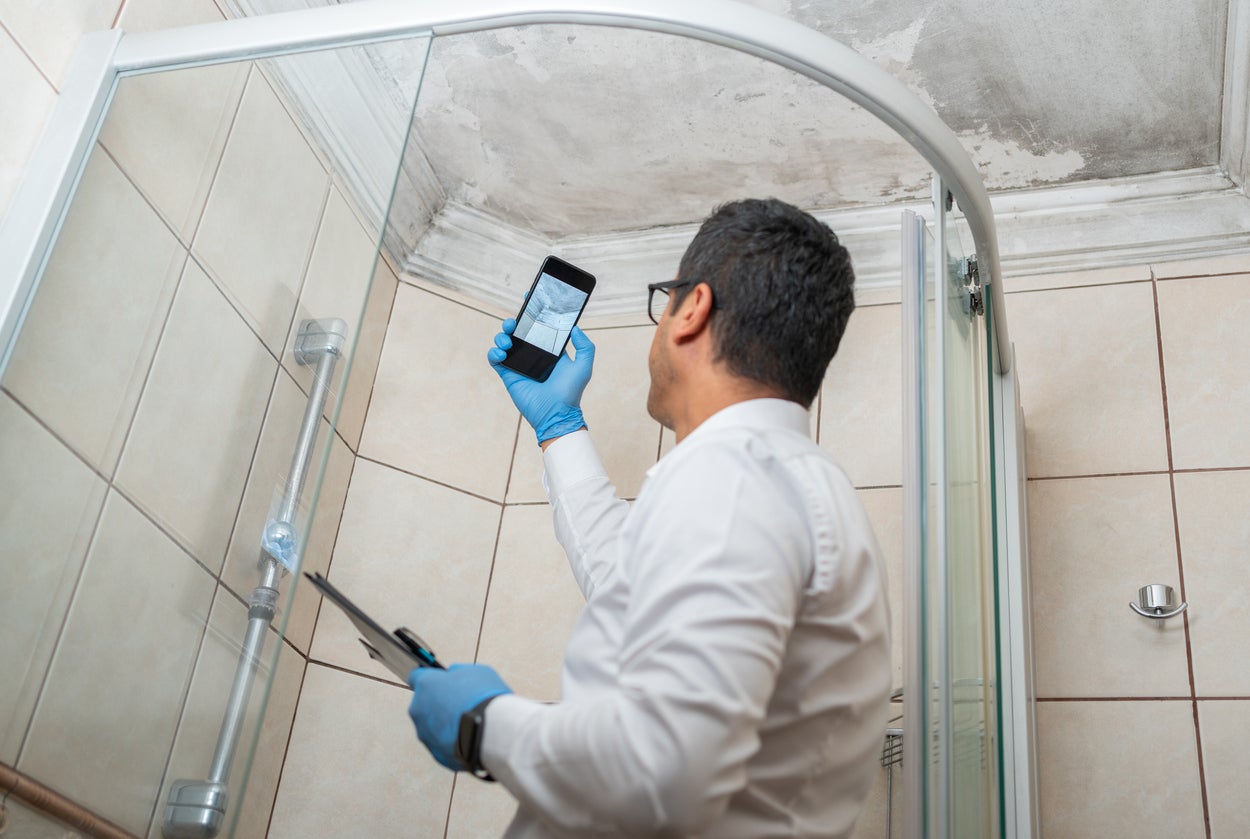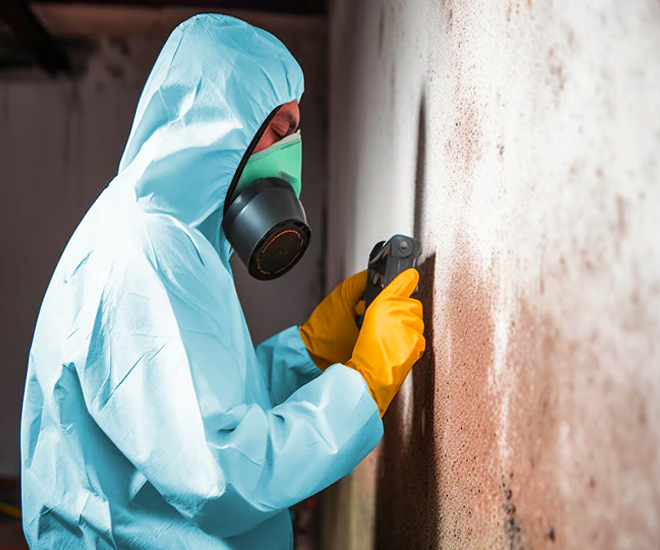Accessing Neighborhood Post Remediation Mold Testing Near Me
Accessing Neighborhood Post Remediation Mold Testing Near Me
Blog Article
Expert Tips for Message Mold And Mildew Remediation Success
In the world of mold remediation, efficiently removing mold is only half the fight; the real obstacle lies in avoiding its reappearance. By adhering to professional tips and best practices, people can guard their rooms versus mold revival and keep a healthy and balanced indoor setting.
Display Moisture Degrees Regularly
After finishing mold and mildew remediation treatments, maintaining optimum moisture levels is crucial to protect against mold re-growth and make sure a healthy and balanced indoor environment. High moisture degrees over 60% produce a favorable atmosphere for mold and mildew to flourish, making regular checking an aggressive procedure to stop any future mold and mildew problems.
Additionally, developing a regular schedule for humidity checks, specifically in high-risk locations such as cooking areas, shower rooms, and cellars, is an aggressive method to mold prevention. By regularly keeping track of moisture levels, property proprietors can properly alleviate the risk of mold reoccurrence and preserve a healthy and balanced indoor environment post-remediation.
Conduct Thorough Inspections Post-Remediation
Following the completion of mold and mildew removal procedures, it is essential to conduct comprehensive examinations to validate the performance of the removal procedure. These post-remediation evaluations are critical in making sure that the mold and mildew concern has actually been successfully resolved and that there is no reappearance or remaining mold development. Examinations need to be lugged out by qualified specialists who have knowledge in recognizing mold and mildew and examining interior air high quality.
Throughout these evaluations, different techniques such as aesthetic evaluations, air tasting, and surface sampling might be employed to extensively assess the remediated locations. Visual assessments entail a detailed inspection of the premises to look for any type of noticeable signs of mold and mildew growth or water damage. Air tasting aids in figuring out the airborne mold and mildew spore levels, while surface area sampling can detect mold and mildew bits on surface areas.
Implement Appropriate Air Flow Strategies
After ensuring the performance of the mold removal process through thorough examinations, the next important action is to focus on applying correct air flow strategies. Adequate ventilation is essential in avoiding mold and mildew reoccurrence by managing wetness levels and promoting air blood circulation.
Proper air flow not only help in avoiding mold growth however also adds to the general wellness and convenience of owners. By making sure appropriate air flow throughout the property, you can lower the risk of mold regrowth and produce a much healthier living setting. Routine upkeep of air flow systems, including cleaning and filter replacements, is crucial to sustaining efficient ventilation. Consulting with a/c specialists can give additional insights right into maximizing air flow strategies for your details residential or commercial property requirements.

Use Mold-Resistant Materials for Repairs
To boost the long-term effectiveness of mold remediation initiatives, including mold-resistant products for repair services is important in reducing the threat of future mold development. Mold-resistant products are developed to endure wetness and prevent mold development, making them an essential choice for locations susceptible linked here to wetness and moisture. When fixing locations influenced by mold, making use of products such as mold-resistant drywall, mold-resistant paints, and mold-resistant caulking can assist prevent mold reappearance.
Mold-resistant drywall is an exceptional option to standard drywall in areas like basements and bathrooms where moisture degrees are greater. This kind of drywall has an unique finishing that resists mold and mildew development also when exposed to damp problems. Furthermore, making use of mold-resistant paints containing antimicrobial agents can additionally hinder mold and mildew development on ceilings and walls.
In areas where dampness is common, such as bathroom and kitchens, making use of mold-resistant caulking around home windows, sinks, and bathtubs can aid seal out water and avoid mold and mildew from taking hold in splits and gaps. By investing in these mold-resistant materials during repairs post-remediation, you can substantially lower the probability of future mold and mildew issues and maintain a much healthier indoor environment.
Maintain Tidiness and Address Water Issues
After mold and mildew removal, it is vital to maintain a clean environment to protect against the regrowth of mold and mildew. Leaks, water invasion, or high moisture degrees can create the ideal breeding ground for mold, so it is essential to deal with any type of water-related issues immediately.
To maintain tidiness, consider utilizing HEPA filters in vacuums and go to this web-site air cleansers to catch mold spores and avoid their circulation airborne. Making certain appropriate ventilation in locations prone to moisture accumulation, such as shower rooms and cooking areas, can assist maintain moisture levels in check. By remaining cautious about sanitation and dealing with water concerns immediately, you can properly protect against mold reinfestation and keep a healthy and balanced indoor environment.
Conclusion

In the world of mold remediation, successfully removing mold and mildew is only half the fight; the real difficulty exists in site web stopping its reappearance. After completing mold and mildew remediation treatments, preserving optimal humidity levels is important to protect against mold and mildew re-growth and make sure a healthy indoor setting. High humidity levels over 60% develop a favorable setting for mold and mildew to flourish, making routine keeping an eye on a proactive procedure to stop any kind of future mold and mildew problems.
To improve the long-lasting efficiency of mold and mildew removal efforts, incorporating mold-resistant products for repairs is critical in minimizing the threat of future mold and mildew growth. After mold remediation, it is vital to keep a clean environment to protect against the regrowth of mold.
Report this page